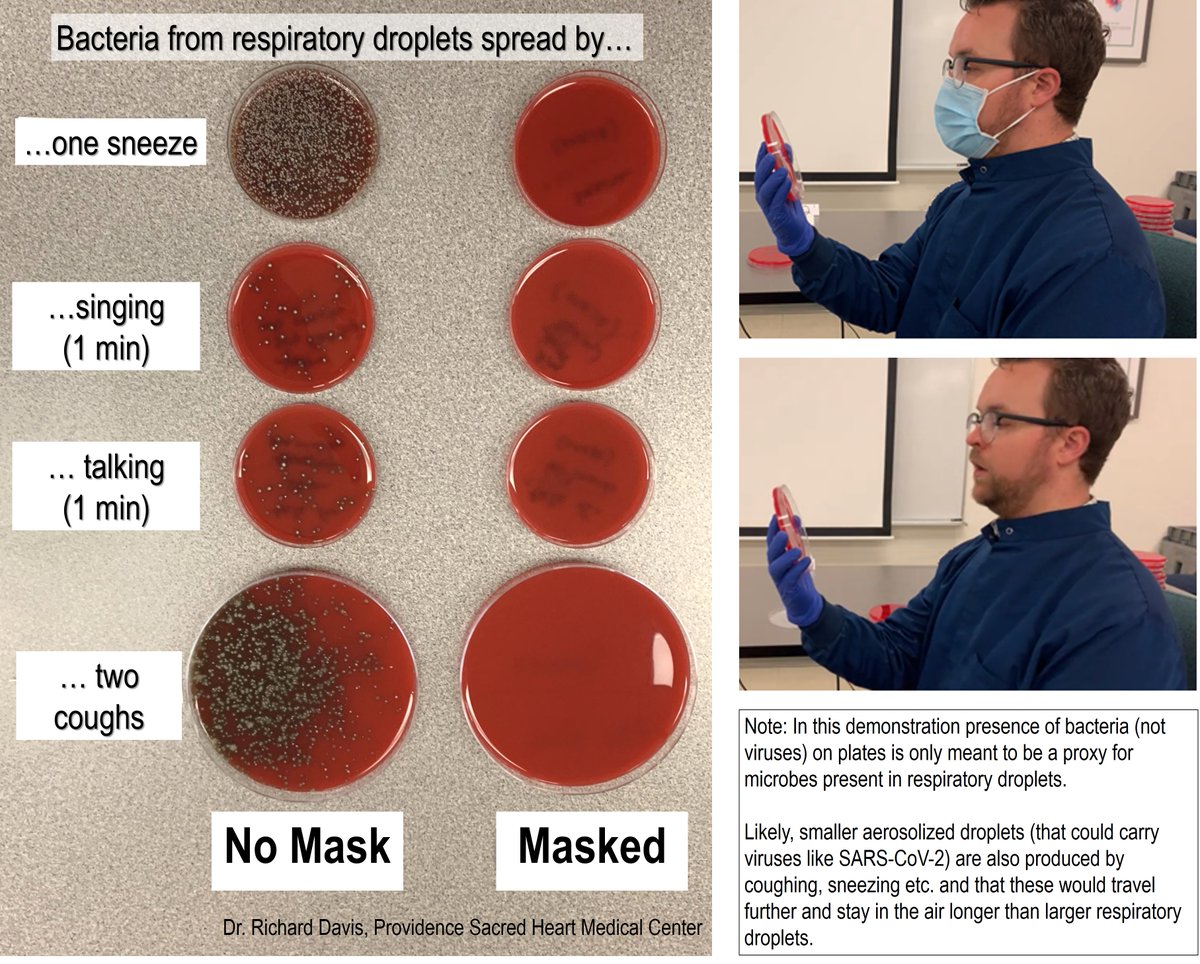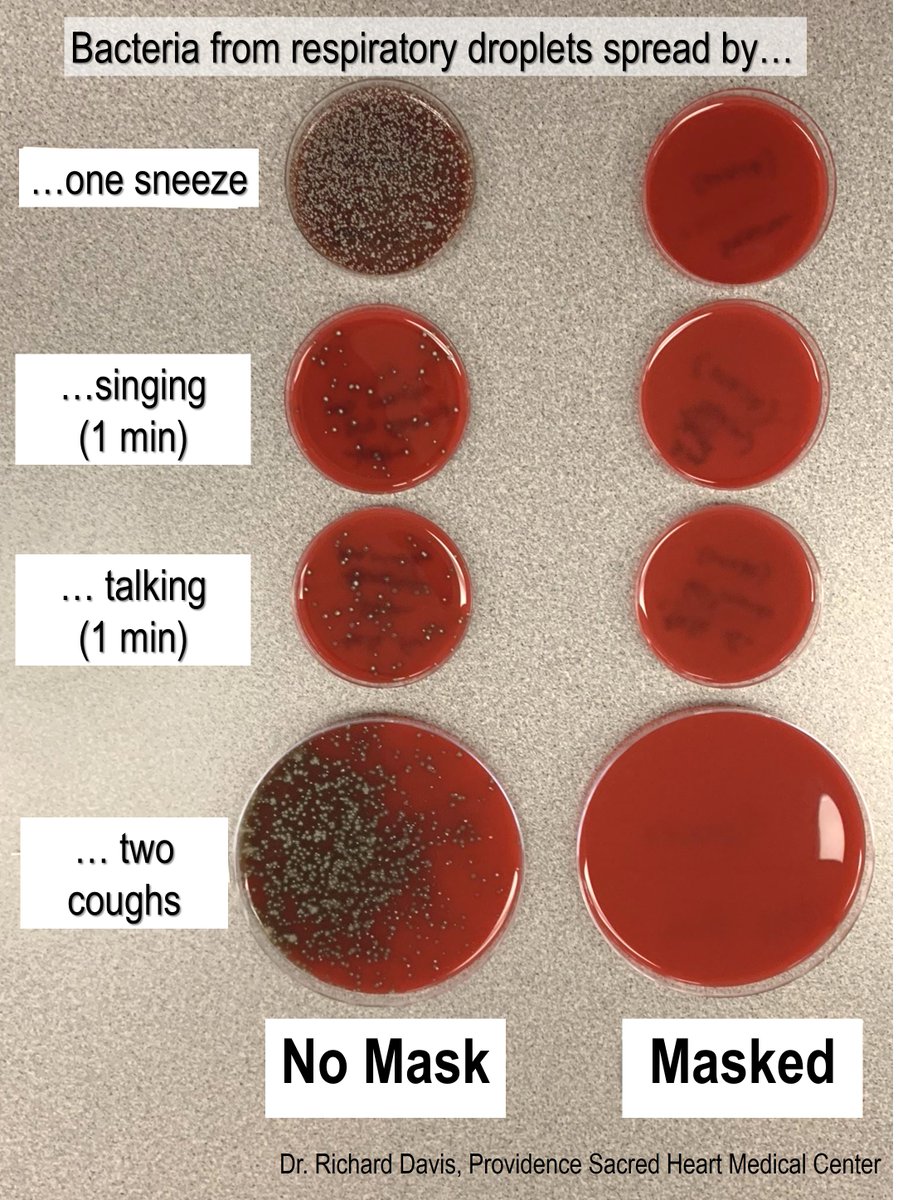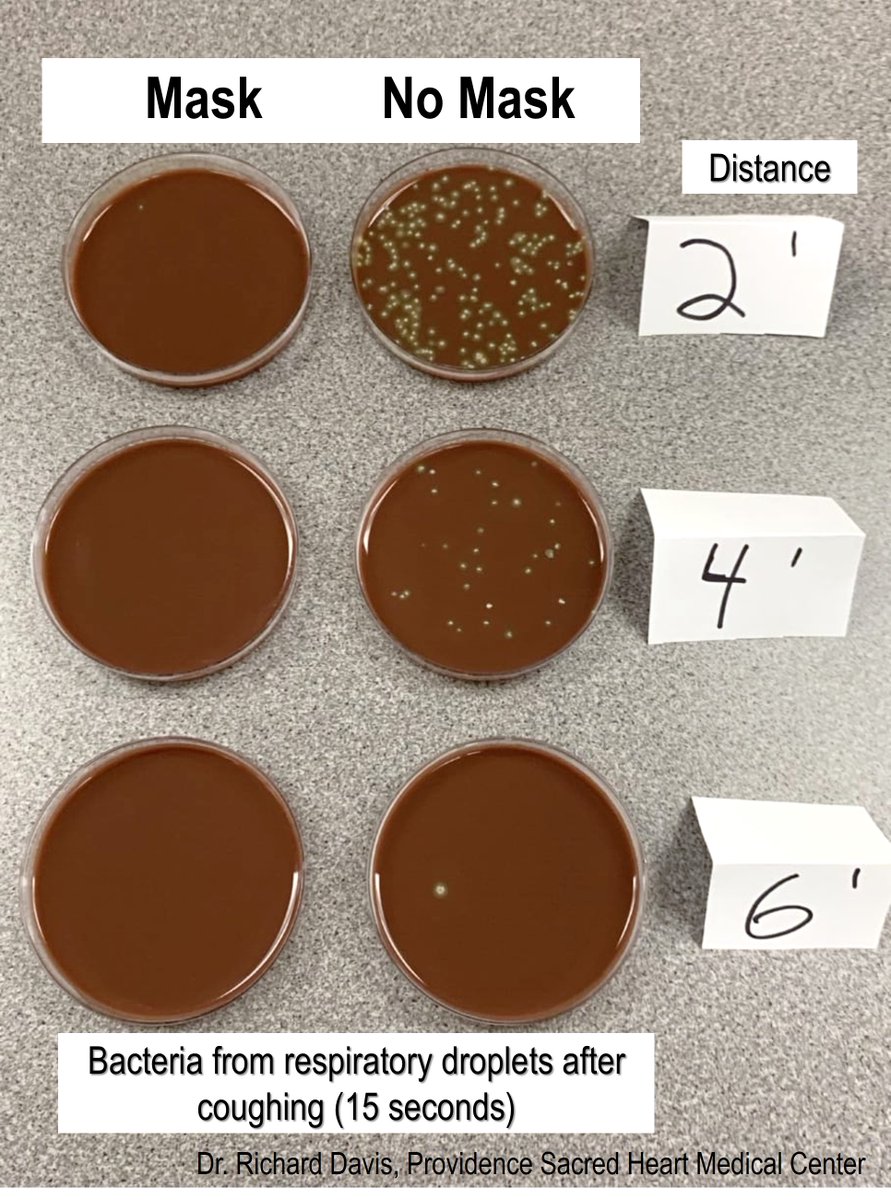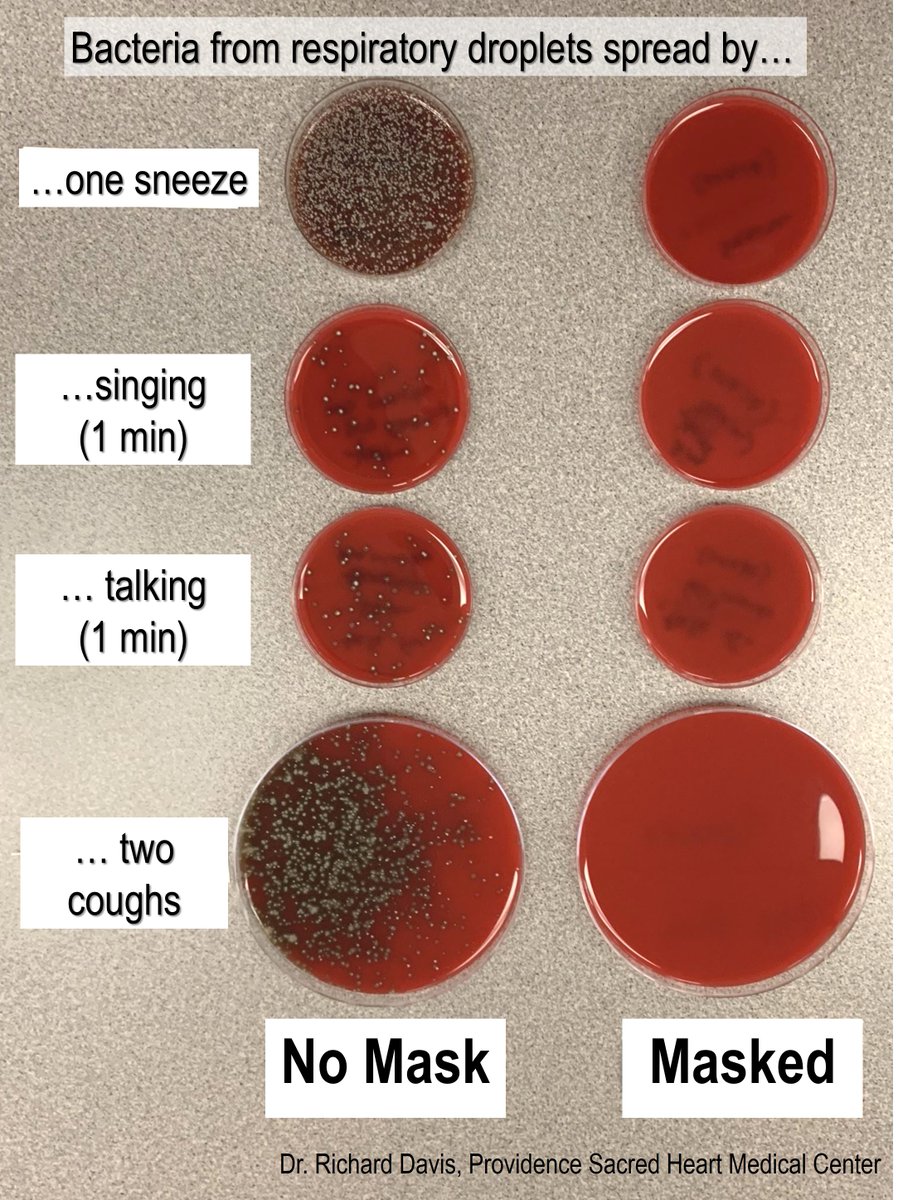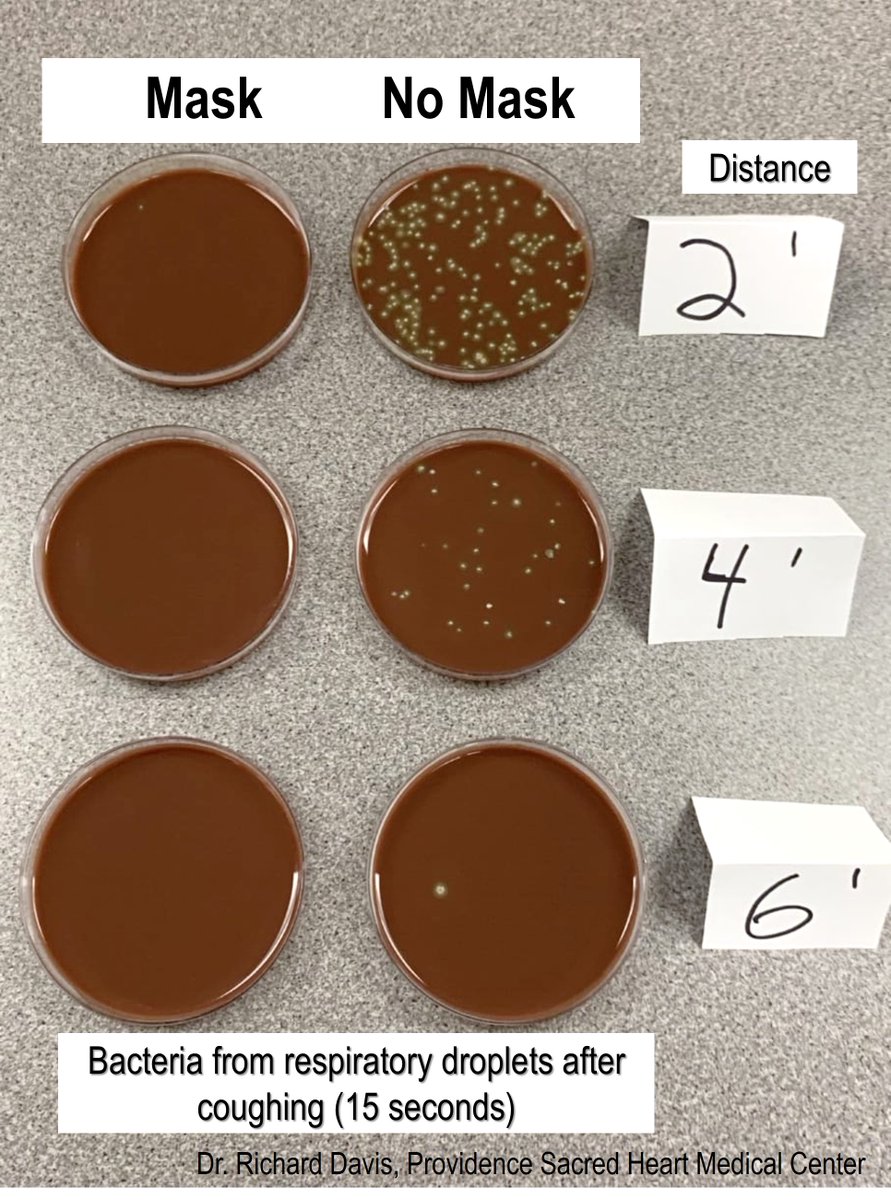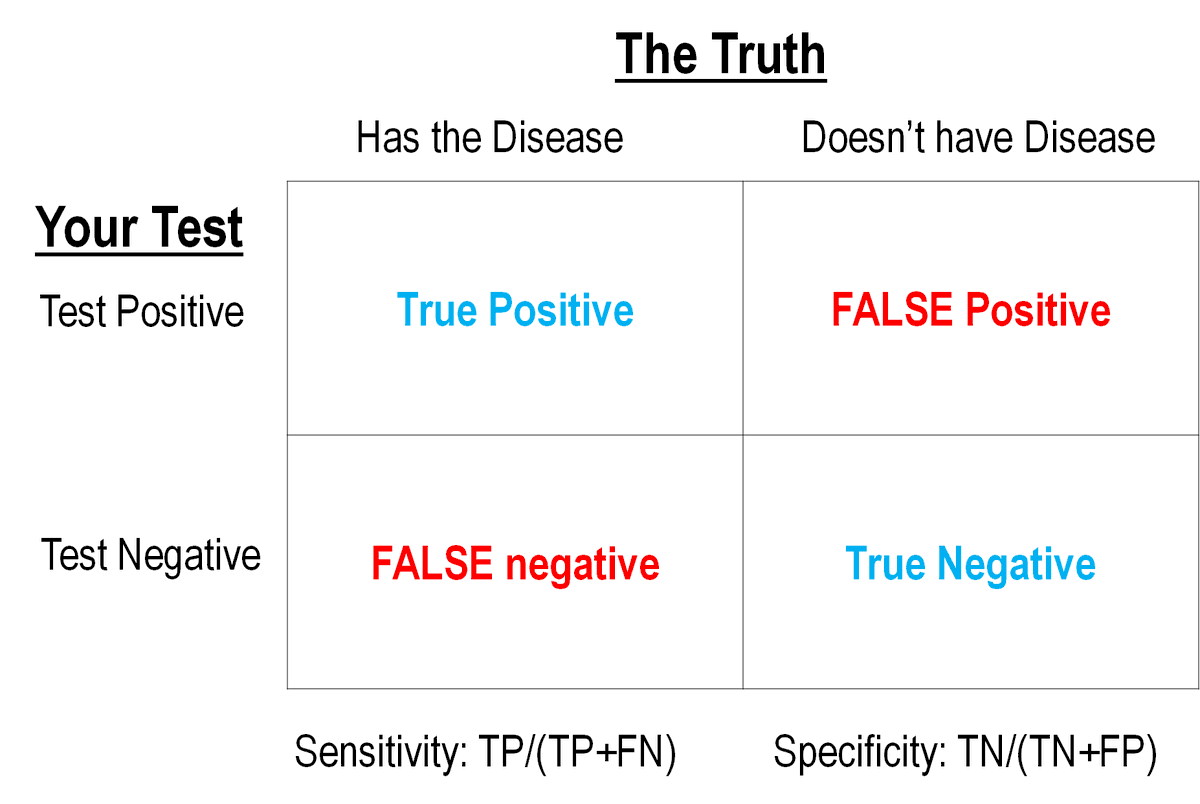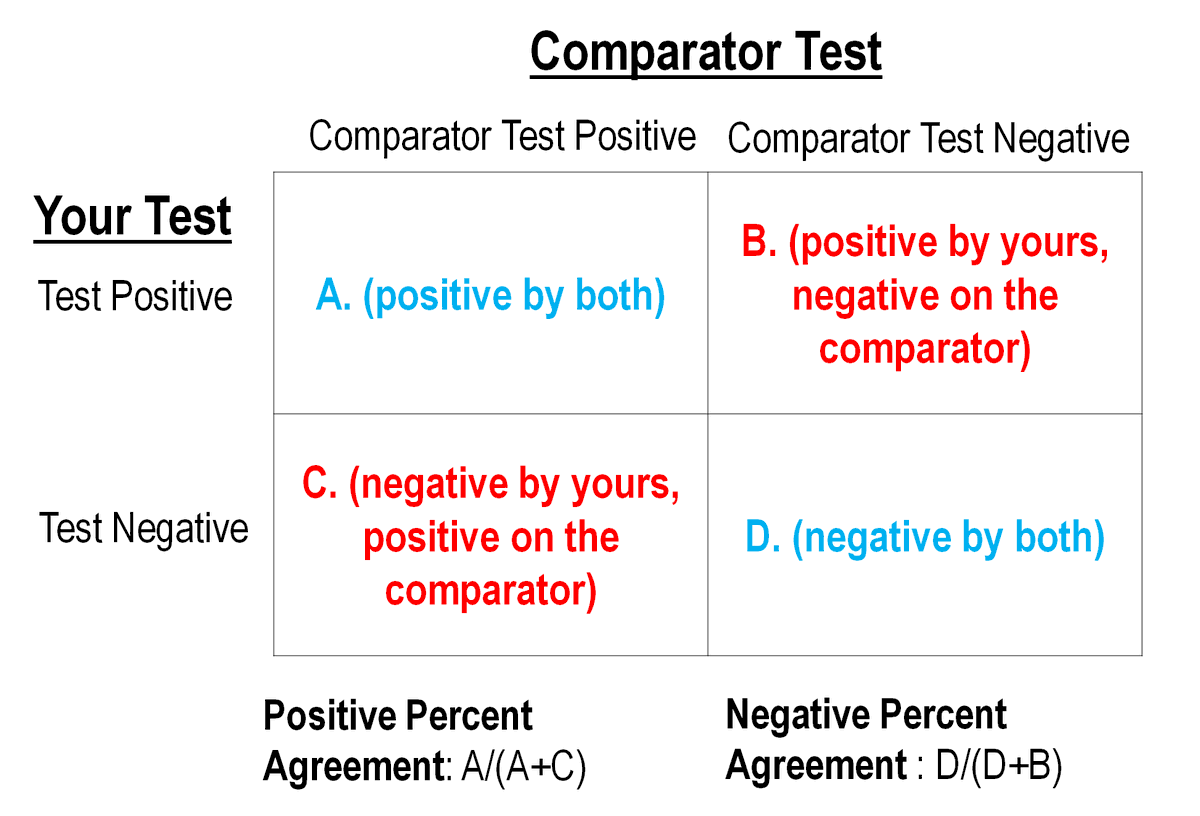#MicroRounds (Day 733): Hypothetical case: a parent hears their child use the toilet but not flush (typical behavior!).
But upon entering the bathroom they're horrified to see this worm in the bowl with their kid's poop! How freaked out should they be?? #ASMClinMicro #IDTwitter
But upon entering the bathroom they're horrified to see this worm in the bowl with their kid's poop! How freaked out should they be?? #ASMClinMicro #IDTwitter
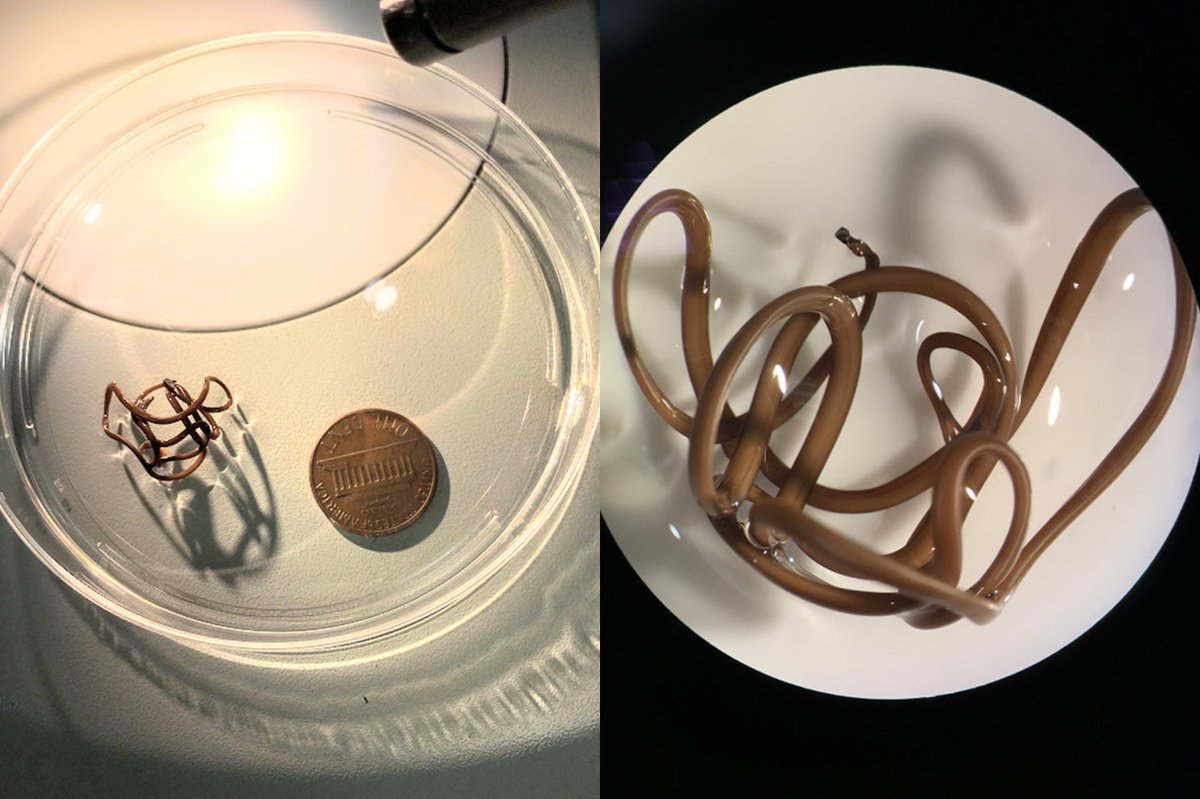
Cont.: Here's some additional information (from your friendly neighborhood parasitology lab).
1) Yes, it's actually a worm.
2) You zoom in close and see this on one of the ends of the worm...
1) Yes, it's actually a worm.
2) You zoom in close and see this on one of the ends of the worm...

#MicroRounds: If you see this worm in your toilet: relax. It didn't come from a person!
A horsehair worm. Nematomorpha (i.e. "looks like a nematode") is a phylum that infects grasshoppers, crickets & drives them to water. A common false human parasite #ASMClinMicro #IDTwitter

A horsehair worm. Nematomorpha (i.e. "looks like a nematode") is a phylum that infects grasshoppers, crickets & drives them to water. A common false human parasite #ASMClinMicro #IDTwitter


I left the most interesting part of Nematomorpha under-explained: how did this non-human parasite end up in your toilet?
It came from it's host!
Good news: the host wasn't a human
Bad news: it was an insect (cricket, grasshopper) and it's … disturbing
It came from it's host!
Good news: the host wasn't a human
Bad news: it was an insect (cricket, grasshopper) and it's … disturbing
https://twitter.com/ParasiteGal/status/1140797129096597504?s=20
The lifecycle of horsehair worms requires eggs to be laid in fresh water. Worms (which are enormous, tangled and wriggling) produce neurotransmitters within the cricket/insect host that drives them to erratic behavior. When in water, the worm emerges! kqed.org/science/193777…
Some additional cool features of horsehair worms:
- the worms consume lipids w/in the cricket host, delaying its development
- despite the size of the worms, if they don't drown, the insect host can survive, hop away, even go on to lay eggs of its own!wired.com/2014/05/absurd…
- the worms consume lipids w/in the cricket host, delaying its development
- despite the size of the worms, if they don't drown, the insect host can survive, hop away, even go on to lay eggs of its own!wired.com/2014/05/absurd…
• • •
Missing some Tweet in this thread? You can try to
force a refresh


